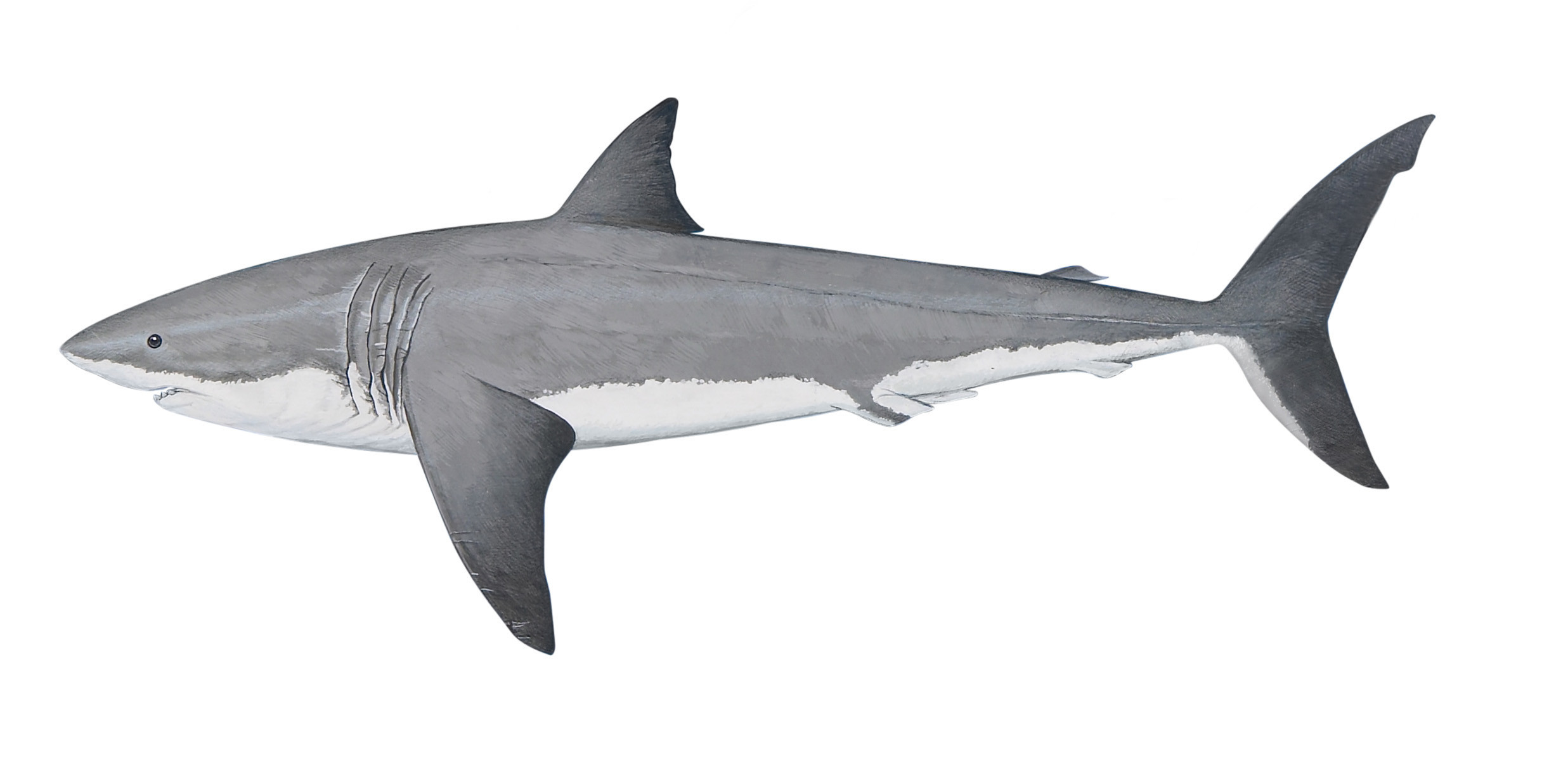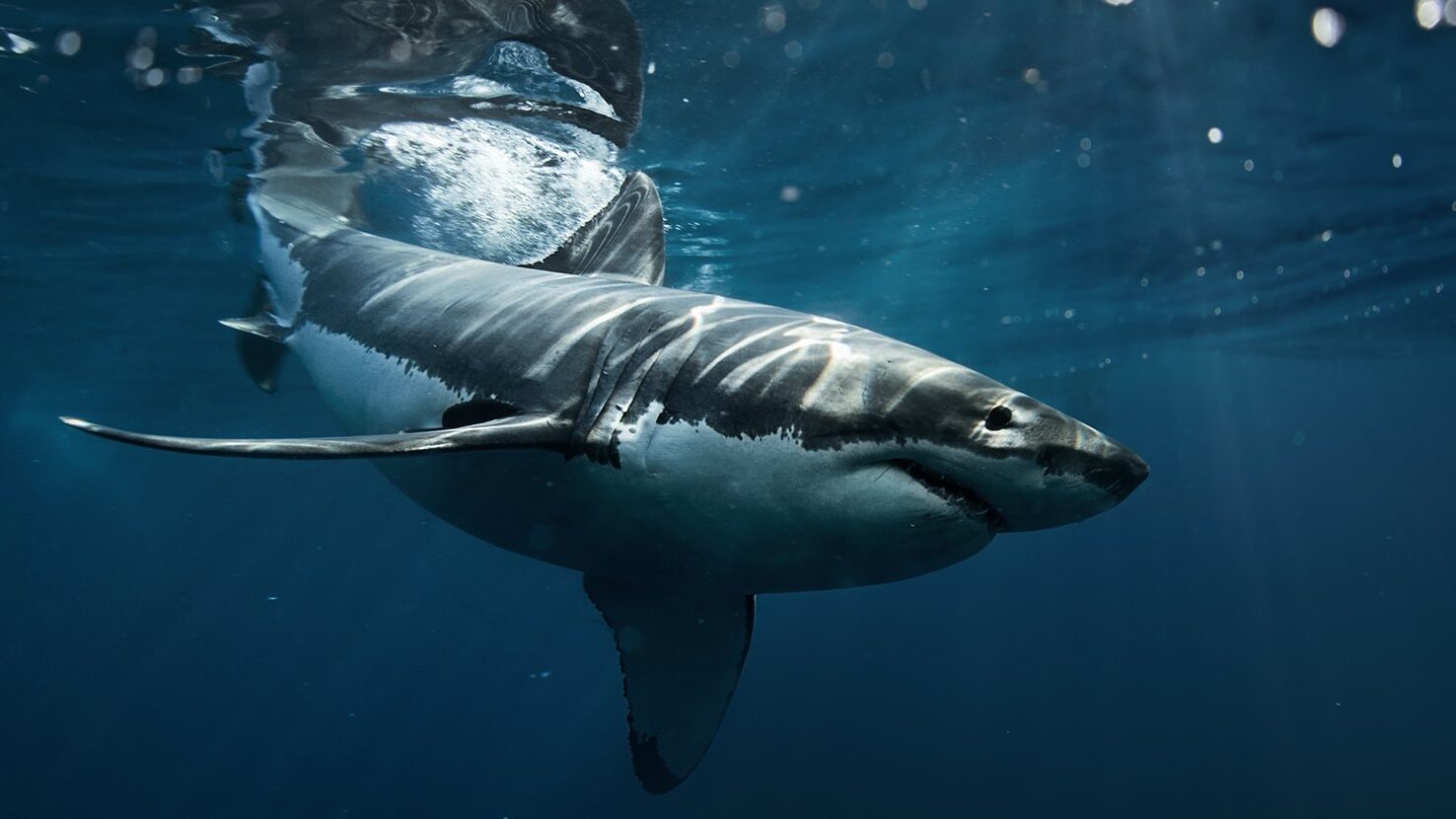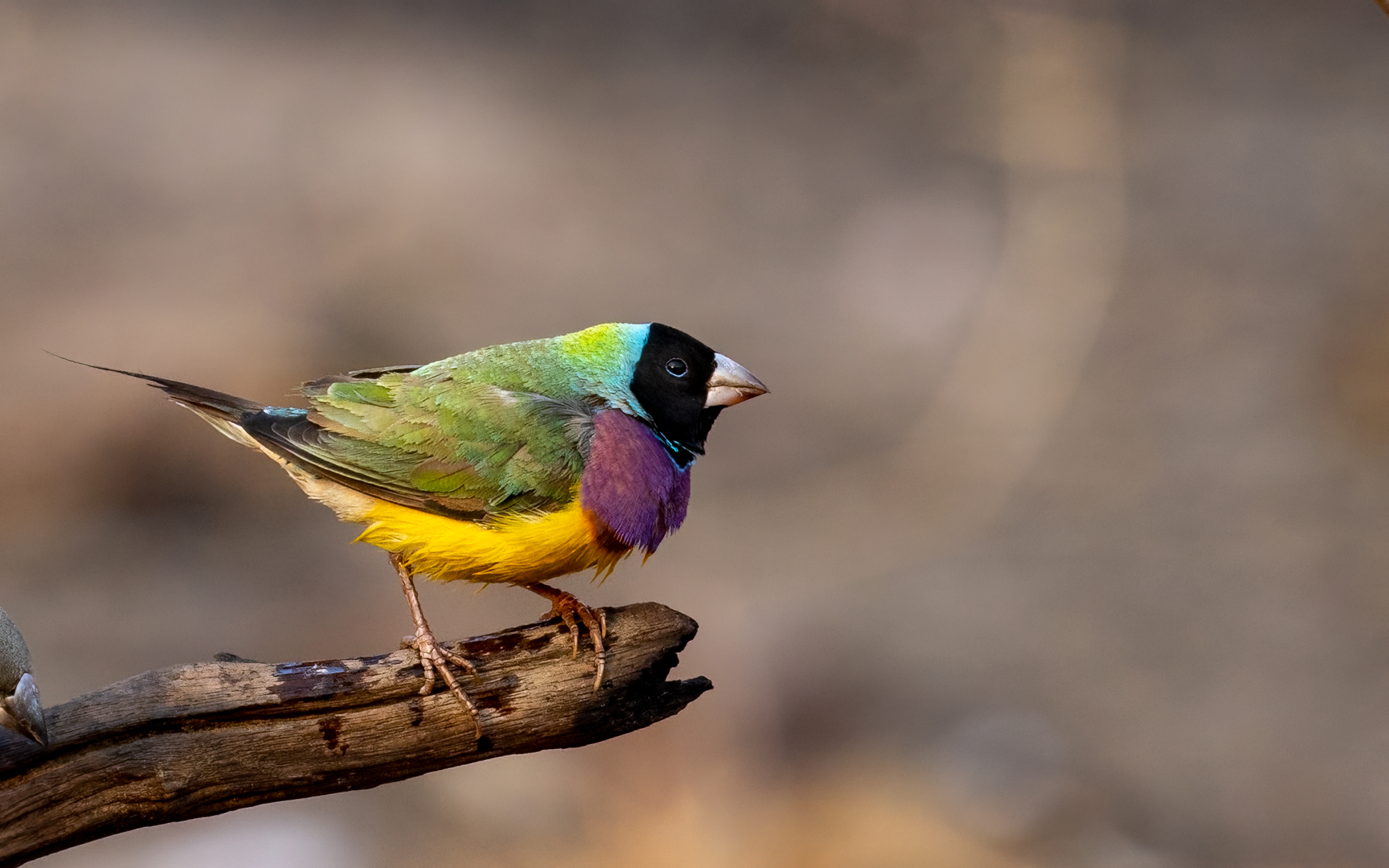| Common name | Great white shark |
| Scientific name | Carcharodon carcharias |
| Type | Fish |
| Diet | Juveniles eat fish; as they grow bigger, they take larger prey including marine turtles, seals, dolphins and small whales; will also scavenge on the carcasses of large whales |
| Average lifespan | Upwards of 70 years |
| Size | Can grow to more than 6m in length, at which size they will have a weight of about 1800kg |
This is the world’s largest predatory fish. Adult whites are long-lived and can reach truly huge proportions during their 70-plus years.
Being top-order predators – at the pinnacle of marine food chains – adult great whites aren’t threatened by any other marine animals. They do, however, face great risk from humans. They die as bycatch on longlines set by professional fishers. They’re targeted, caught and killed for the illegal shark-fin trade and hunted for sport. Great whites also die in nets set across coastal beaches to protect swimmers. And being top-order predators, they’re prone to poisoning by heavy metals and other pollutants that accumulate in marine food chains.

Most fish are ectothermic – ‘cold-blooded’ – meaning their body temperature varies with that of the environment. But great whites, like all members of the family Lamnidae, have a specialised blood system that allows them to capture and retain heat generated by muscle activity. This means they can maintain a body temperature higher than the surrounding water – a huge advantage when hunting in cold water because it allows the sharks to respond and move quickly. It’s this, combined with highly-developed senses, that make them such supreme predators. They have particularly good senses of smell (being able to detect a single blood drop from far away), hearing, vision, electroreception, taste and touch.
Found in temperate and subtropical waters worldwide, including off the coasts of the southern two-thirds of Australia, the great white shark is highly migratory: individuals have been tracked annually swimming thousands of kilometres.
The wide-ranging distribution of great white sharks makes it difficult to fully assess the species’ population numbers but scientists believe they’ve declined by as much as 70 per cent during recent decades. The species is listed as vulnerable on the International Union for the Conservation of Nature’s Red List of Threatened Species – just one step up from endangered. Great white sharks are now protected by law in the waters of most countries where they occur, including Australia.
Female great white sharks don’t become sexually mature until they’re about 16 years old and about five metres long. They produce live pups, about 10 at a time, every alternate year at the most.

Although great white sharks have been responsible for many human fatalities, it’s thought many fatal bites inflicted by this species on people are mistakes. These sharks are inquisitive and believed to be highly intelligent. They’ll often lunge, mouth and retreat from anything they become interested in and that means humans they might come across in the water. Unfortunately, these fish have such large jaws, filled with razor-sharp teeth – up to 300 in three rows – that a test bite is inevitably fatal.










